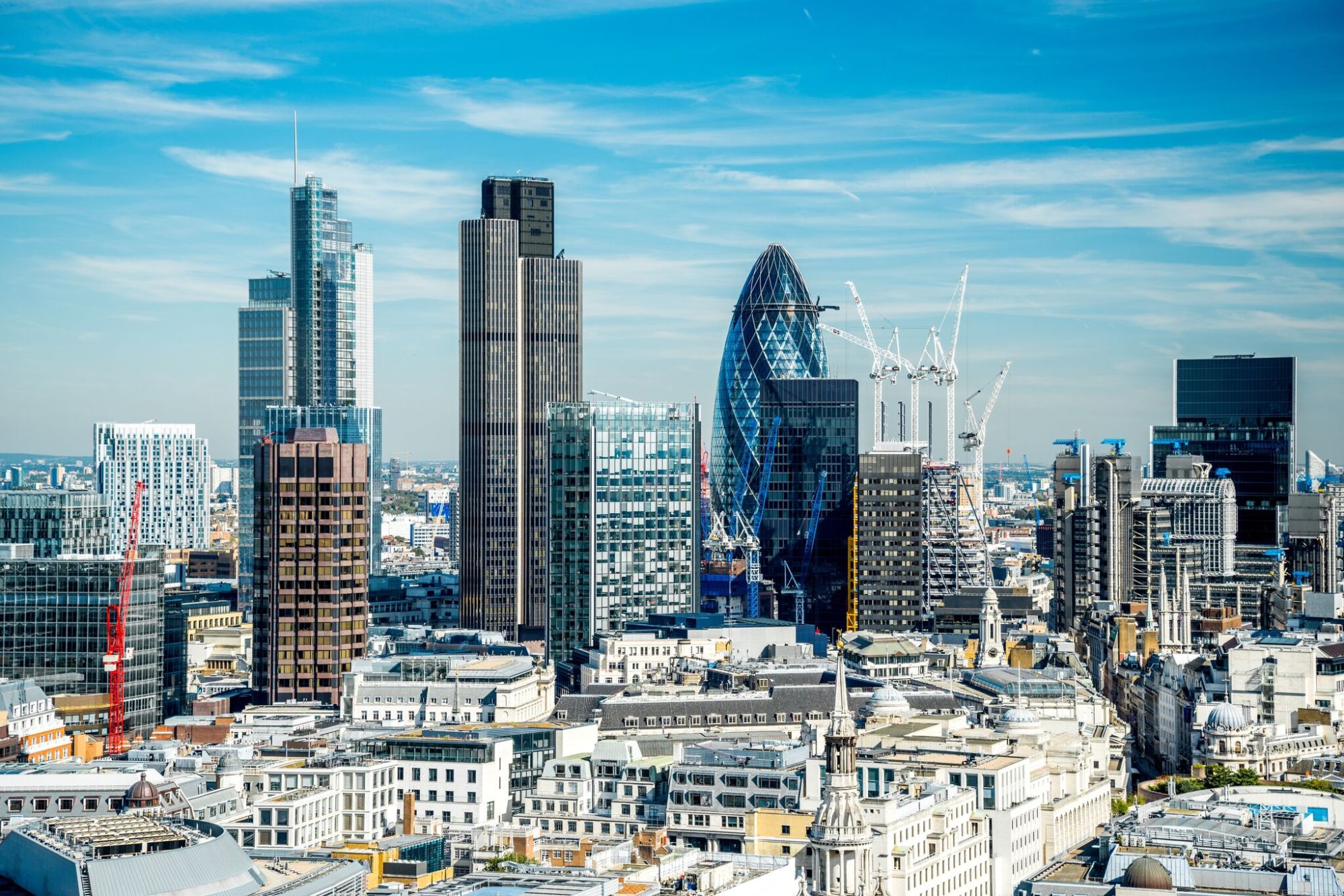Revolutionising HVAC – Reducing Emissions for a Sustainable Future
Luke Gorman from ABM explores the impact of HVAC on the environment and how facilities management now functions as a strategic ESG partner. Luke graduated from...
Read Full Article
The world’s largest electric heating manufacturer is calling for carbon emissions targets to remain a core component within the amended government building regulations due to be released this autumn.
The final consultation paper on the proposed amendments to Part L of the Building Regulations is expected to include a shift towards using primary energy as the main metric for meeting building compliance. This is in response to the EU Energy Performance of Building Directive (EPBD) which requires all new buildings to be nearly zero energy buildings (NZEB) from 31st December 2020.
The proposed revisions represent a significant change in the UK’s compliance procedures, as the focus will move to primary energy, rather than carbon emissions.
According to Glen Dimplex Heating & Ventilation (GDHV), the change could result in higher carbon heating, ventilation and air conditioning (HVAC) solutions performing better than lower carbon alternatives in the government’s Standard Assessment Procedure for Energy Rating of Dwellings (SAP).
In anticipation of the release of the Part L consultation, GDHV has produced a report outlining a number of recommendations in response to the proposed changes including:
The inclusion of a low carbon emission target alongside primary energy.
Consideration of a reward for any futureproofed solutions installed.
Apply due consideration to the need for skilled labour and the installation and running costs of specifiable systems.
Continue to maintain the trend for improving air quality.
Consideration for the growing issue of overheating in new build developments.
Support for heat pump technology to help move towards electrification of buildings.
The introduction of two targets to address the difference in energy consumption between apartments and houses.
Shaun Hurworth, Head of Channel Marketing at GDHV said: “It’s imperative that the industry changes its approach to the design and specification of heating. We welcome the move towards including primary energy but urge that this doesn’t become a direct replacement for carbon emissions targets.
“Instead we need a holistic approach that incorporates both primary energy and carbon emissions to ensure that we continue to reduce carbon emissions from new developments, while helping the UK achieve compliance with the EPBD. Policy makers and industry leaders need to work together to ensure that we can reach the nearly zero energy target without increasing the use of higher carbon systems, which could add cost and complication when achieving future, carbon-based targets.”
GDHV has been engaging with government and regulatory bodies to better understand the implications of any changes. It has a team of experts committed to understanding the potential impact of future legislation on the specification of HVAC solutions.
Article written by Brian Shillibeer | Published 18 September 2019
Luke Gorman from ABM explores the impact of HVAC on the environment and how facilities management now functions as a strategic ESG partner. Luke graduated from...
Read Full ArticleHVAC manufacturer Artus has launched a white paper challenging the building sector to consider what is really impeding the move to greater carbon control. The paper...
Read Full ArticleThe carbon reduction targets of 25 of the world’s largest companies have been scrutinised in the Corporate Climate Responsibility Monitor report. As consumers,...
Read Full ArticleContinuing our EMEX Focus Interview series, James Beck from Emissis introduces their latest energy reduction technology. Emissis delivers a powerful suite of solutions...
Read Full ArticleNew homes and buildings in England will have to produce significantly less CO2 under new rules. Under the new regulations, CO2 emissions from new build homes must be...
Read Full ArticleColdplay’s 2022 tour will have a net-zero carbon footprint, working in conjunction with direct air capture specialists, Climeworks. The British band is...
Read Full ArticlePower delivered to our homes, institutions and businesses via the gas pipeline network or electricity grid is the result of highly complex international politics,...
Read Full ArticleDr. Marie Puybaraud from JLL looks at five areas where real estate leaders expect to see big shifts in the next few years. Addressing climate change directly is now...
Read Full ArticleThe Bank of England is to test banks and insurers on how resilient they would be in the event of extreme climate change scenarios. The Climate Biennial...
Read Full ArticleSimon King, Mitie's new Director of Sustainability, is behind the company's “Plan Zero” commitment to reach zero carbon by 2025 – which...
Read Full Article